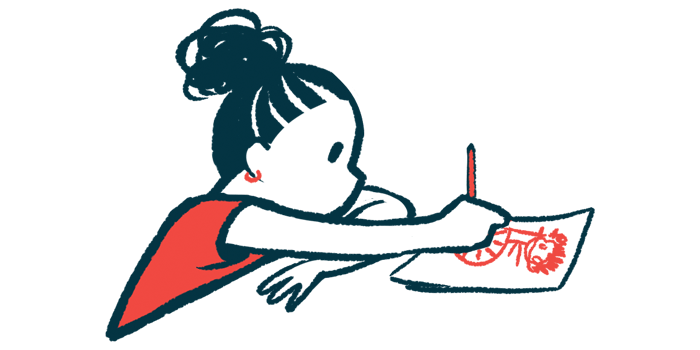Behavioral development stable over time for Dravet children: Study
But some communication improvements seen in 1st year of BUTTERFLY
Written by |

Behavioral development in children and teens with Dravet syndrome generally held stable in the first year of an observational study, though some showed small improvements in communication, according to researchers.
Participants in the study, dubbed BUTTERFLY, continued to perform below what would be expected of their typically developing peers in tests of neurodevelopment and adaptive functioning, with most aspects of cognition, motor function, and development the same as at the start of the study. However, there were no real signs of regression among the children, the researchers found.
“These findings support the long-held notion that patients with [Dravet syndrome] do not typically regress in their skills, but rather plateau or continue to make progress at a slower rate and lower magnitude than neurotypical children,” the researchers wrote.
The analysis, “Adaptive functioning and neurodevelopment in patients with Dravet syndrome: 12-month interim analysis of the BUTTERFLY observational study,” was published in Epilepsy & Behavior. It was funded by Stoke Therapeutics, the study’s sponsor.
While seizures are the cardinal feature of Dravet, patients commonly experience a range of other symptoms including cognitive, language, or motor delays, as well as sensory issues.
Behavioral development hasn’t been tracked over time
All these symptoms can add to the burden of disease for patients and their caregivers, but researchers have lacked a clear understanding of how they progress over time.
The BUTTERFLY natural history study, which began enrolling in 2019, set out to assess the evolution of Dravet syndrome in children and adolescents affected by the rare disease. Researchers focused in particular on non-seizure aspects such as neurodevelopment and adaptive functioning, or skills related to the ability to independently function in daily life.
The 36 participants used a mean of 3.5 anti-seizure therapies, the most common of which were Onfi (clobazam), Fintepla (fenfluramine), Diacomit (stiripentol) and valproic acid, sold under the brand name Depakene.
A three-month interim analysis demonstrated that neurodevelopment and adaptive function were significantly impaired in the patients relative to what would be expected in typically developing children. While the children with Dravet did not lose skills or regress over time, they failed to keep up with their neurotypical peers in acquiring new skills, leading to a wider gap over time.
Communication skills improved, though still lagging
The newest analysis reports one-year outcomes from the BUTTERFLY study.
A battery of tests, including the Vineland Adaptive Behavior Scale-third edition (VABS-III), the Bayley Scales of Infant Development-third edition (BSID-III), and the Wechsler Preschool and Primary Scale of Intelligence-fourth edition (WPPSI-IV), were used to evaluate neurodevelopmental status and adaptive functioning.
The results showed that patients experienced significant improvements in receptive communication, or the ability to comprehend communication from another person, as assessed by both the VABS-III and the BSID-III. Behavioral development measures such as expressive communication — the ability to express wants and needs to others — as well as interpersonal skills and gross and fine motor function were generally stable over time, the tests also found.
As in the three-month analysis, patients’ VABS-III and BSID-III performance at the one-year mark remained “well below that expected for neurotypical peers,” the researchers wrote.
Verbal comprehension as assessed by the WPPSI-IV was significantly improved, but other intellectual skills such as cognitive processing speed, working memory, and reasoning were unchanged. Likewise, measures of executive function — the mental skills involved in daily life — and locomotor abilities were generally stable over the one-year period.
Tests may be useful tools to evaluate treatment effectiveness
“Similar to that of the 3-month analysis of the BUTTERFLY study, we observed that patients with [Dravet syndrome] remained generally stable in cognition, motor skills, and adaptive functioning over 12 months,” the researchers wrote. They noted that they didn’t evaluate whether the small, but significant, improvements observed in communication abilities could be considered clinically meaningful.
Most clinicians and caregivers reported no change or slight improvements in patients’ overall clinical status after a year, with a significant improvement in caregiver-reported status between months 3 and 12.
A two-year analysis presented at a scientific conference showed that gaps in development between Dravet patients and their neurotypical peers continued, with no notable changes in seizure frequency despite treatment.
The researchers said results from the study position the neurodevelopmental tests they used as tools for evaluating the effectiveness of new treatments that may target non-seizure symptoms in clinical trials.
The team identified a number of factors that seemed to influence performance on these measures, the most important being seizure frequency, age, and initial cognitive function. It will be “essential” to consider these factors when using assessments to monitor patients in interventional clinical trials, they noted.









